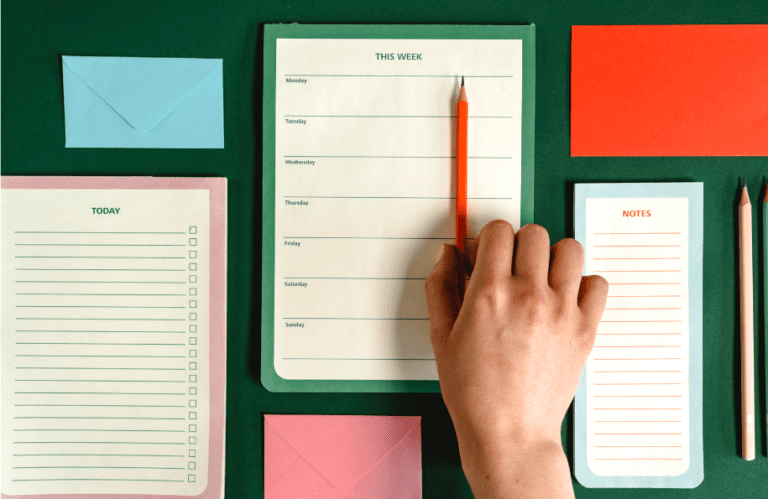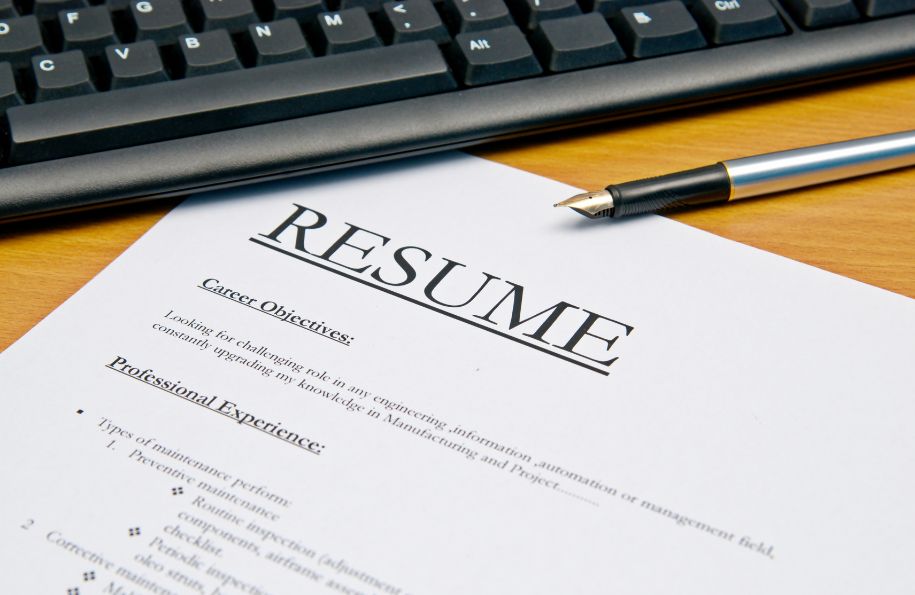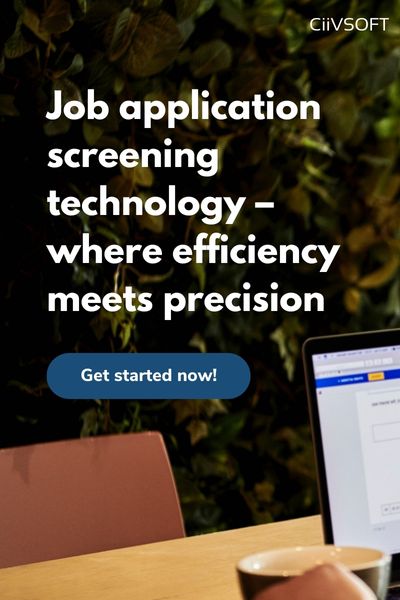As a recruiter, one of your most important tasks is to conduct job interviews with potential candidates. A job interview is a crucial part of the hiring process, as it allows you to get to know the candidate and assess their suitability for the position. To ensure that you conduct a successful interview, it’s important to have a checklist of things to do and questions to ask. Here is a job interview checklist for recruiters that you can use to make sure you are fully prepared.
1. Review the Candidate’s Resume
Before the interview, it’s essential to review the candidate’s resume thoroughly. This step will help you to understand their work experience, education, and skills, and identify any gaps or inconsistencies that need clarification. You can also use the resume to formulate questions that probe deeper into the candidate’s background and qualifications. By reviewing the candidate’s resume in advance, you can make the most of the interview time and ensure that you cover all the relevant topics.
2. Prepare Questions in Advance
Creating a list of questions in advance is an essential part of preparing for a job interview. These questions should be designed to elicit information about the candidate’s experience, skills, and work style. You should also include standard questions that you ask all candidates to ensure consistency and fairness. Consider asking behavioral or situational questions to get a sense of how the candidate handles different scenarios. Preparing questions in advance can also help you to stay on track during the interview and ensure that you cover all the necessary topics.
3. Confirm Interview Details
Before the interview, make sure to confirm the date, time, and location with the candidate. Provide them with any necessary information, such as directions or parking instructions. You can also give the candidate an overview of what to expect during the interview, including the format and duration. By confirming interview details, you can avoid any confusion or misunderstandings and ensure that the interview runs smoothly.
4. Create a Welcoming Environment
When the candidate arrives for the interview, it’s essential to create a welcoming environment. This includes offering them a drink, showing them where the restroom is, and making small talk to help put them at ease. You can also introduce them to other members of the team or give them a brief tour of the office to help them feel more comfortable. Creating a welcoming environment can help the candidate to relax and present their best self during the interview.
5. Start with Small Talk
Starting the interview with small talk can help to put the candidate at ease and build rapport. You can ask them about their journey to the interview or their hobbies and interests. This can help to break the ice and create a more relaxed atmosphere. Starting with small talk can also help you to get a sense of the candidate’s communication skills and personality.
6. Ask Open-Ended Questions
During the interview, it’s crucial to ask open-ended questions that encourage the candidate to provide detailed responses. These questions can help you to gain a better understanding of the candidate’s experience, skills, and work style. Open-ended questions typically start with phrases like “tell me about a time when” or “describe a situation where.” By asking open-ended questions, you can learn more about the candidate’s thought process, problem-solving skills, and communication style.
7. Listen Carefully
During the interview, it’s important to listen carefully to the candidate’s responses. Pay attention to their tone, body language, and non-verbal cues as well as the words they use. Take notes if necessary and ask follow-up questions to clarify any points. By listening carefully, you can gain valuable insights into the candidate’s qualifications and suitability for the position.
8. Evaluate the Candidate’s Fit
During the interview, it’s essential to evaluate the candidate’s fit for the position and the company culture. Consider whether their skills, experience, and work style align with the requirements of the position and the values of the company. You can also evaluate how well the candidate would fit into the team and contribute to the organization’s goals. By evaluating fit, you can make informed hiring decisions and avoid costly mismatches.
9. Provide Feedback and the Next Steps
At the end of the interview, provide the candidate with feedback on their performance and next steps. This feedback should include positive feedback on what the candidate did well and constructive feedback on areas where they can improve. Providing feedback can help the candidate to learn and grow and can also help you to build a positive reputation as an employer.
Next, inform the candidate about the next steps in the hiring process. Let them know when they can expect to hear back from you and what the next steps will be. This can help to manage their expectations and keep them informed throughout the process.
10. Follow Up
Following up with the candidate after the interview is an essential part of the hiring process. This can include sending a thank-you note or email to express your appreciation for their time and interest in the position. You can also use this opportunity to reiterate the next steps in the process and answer any questions they may have. Following up can help to build a positive relationship with the candidate and ensure that they remain interested in the position.
Preparing for a job interview is essential for recruiters to ensure that they can make informed hiring decisions. By reviewing the candidate’s resume, preparing questions in advance, confirming interview details, creating a welcoming environment, starting with small talk, asking open-ended questions, listening carefully, evaluating fit, providing feedback and next steps, and following up, recruiters can conduct effective job interviews that lead to successful hires.








